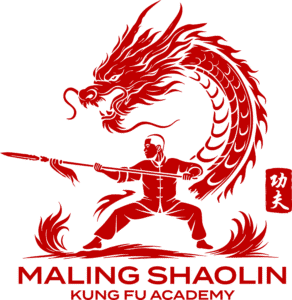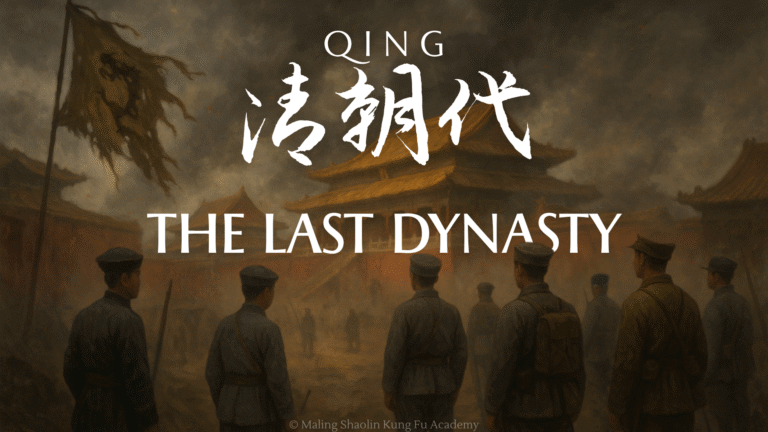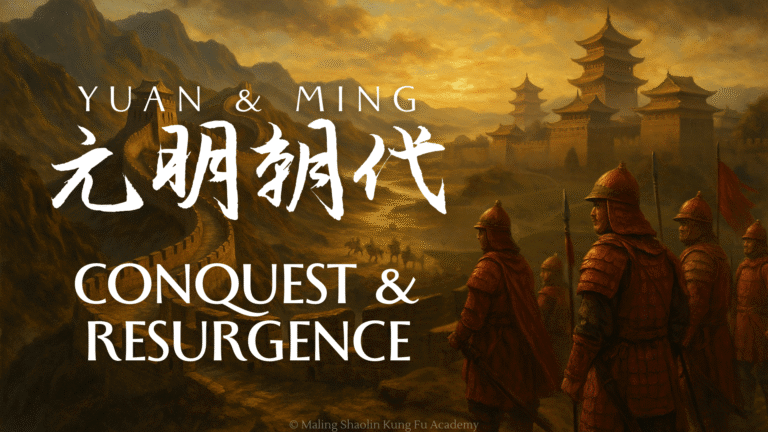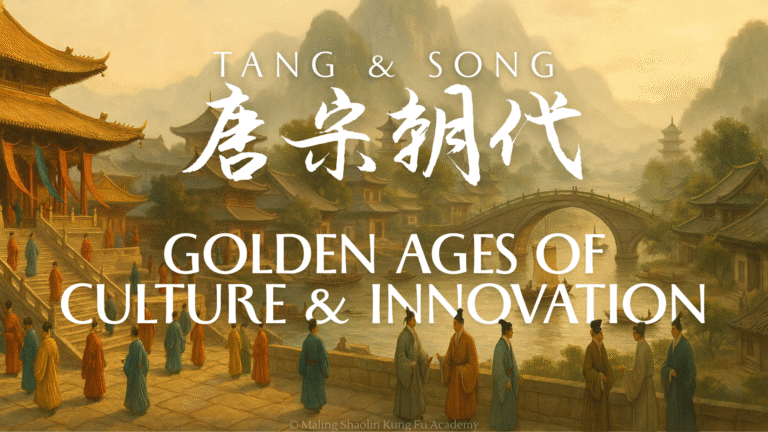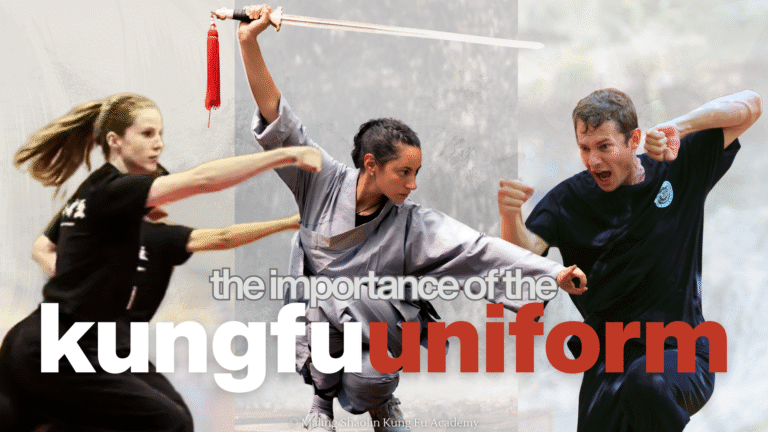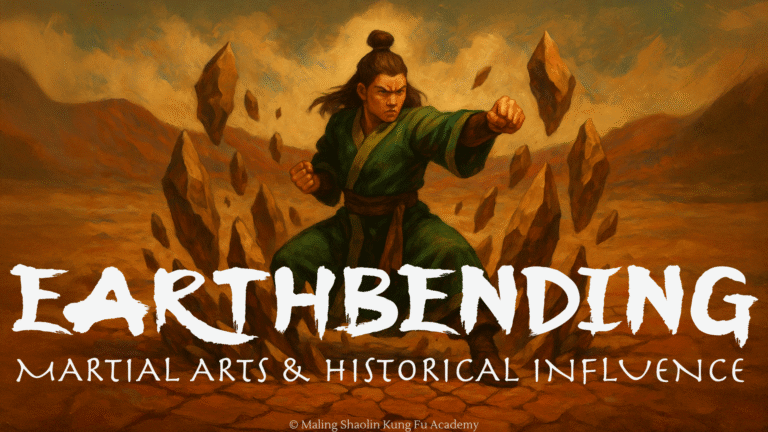Four Guardians of Ancient China Part 1: Dragon
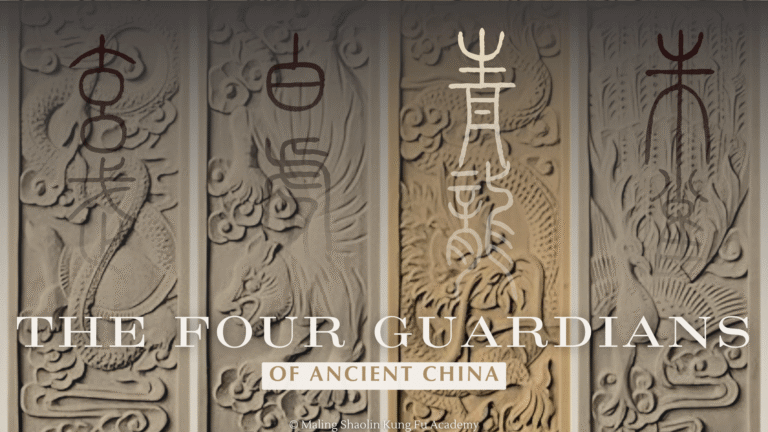
Uncover the legend of the Azure Dragon of the East—China’s mythic guardian of spring, growth, and vitality. From ancient constellations to imperial emblems and feng shui principles, this celestial beast has watched over the eastern skies for millennia. Discover the stories, symbols, and spiritual depth behind one of Chinese mythology’s most revered creatures.
